Here is the guide for the best oils for cooking steak. Regardless of how or where you choose to cook your steak, you’re going to need some equipment and ingredients in order to get it right.
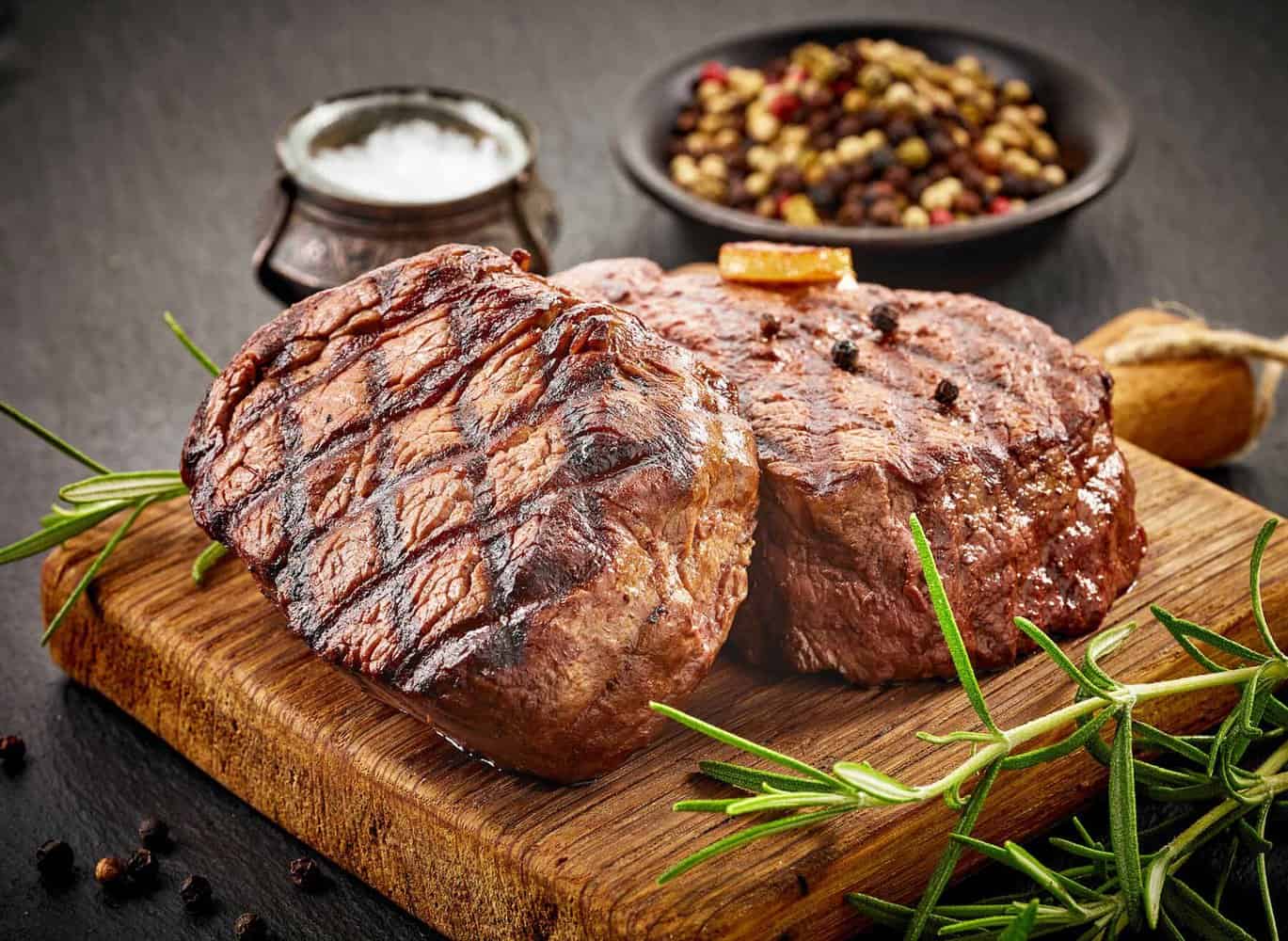
Marinating steak helps flavor the meat as well as retains its moisture, and many of them include some sort of oil in their recipes. However, there are also people who just cook their steaks using oil. While it may not be the most common approach, you’ll be surprised to find it yields similar results to marinating. Except cooking in oil enhances the meat’s natural flavor and nothing else.
If you’re thinking that this might be the way you’d like to go about cooking your steak, you’re in luck. You will need to pay attention to the kind of oil you use. After all, you don’t want to smoke your kitchen so much the firemen will show up at your door.
What is the best oil for cooking steak? When it comes to the kind of oil to use though, there is no right or wrong answer. It is only a matter of how you choose to cook your steak. Always make sure it has a high smoke point like that found in canola oil. Although grapeseed and peanut oil are okay to use too, keep in mind that these may alter the flavor of the meat slightly so it’s something to keep in mind.
If you still need some guidance about which type of oil to use depending on your cooking method, look no further! We’re bringing you the best oils you could possibly cook your steak in and we’ll show you why. Let’s get started!
How to Choose an Oil for Cooking Steak
Since the rest of this article will be dedicated to the best oils, why don’t we take a minute to talk about the oils you shouldn’t use. These oils tend to have low smoke points, between 300-340 F, which can easily transfer burnt flavors to your steak if you go over the temperature range. Olive oil and extra-virgin olive oil, for starters. Most surprisingly though, vegetable oil.
Thus, when choosing your oil, keep an eye out for these characteristics:
Smoke Point Levels
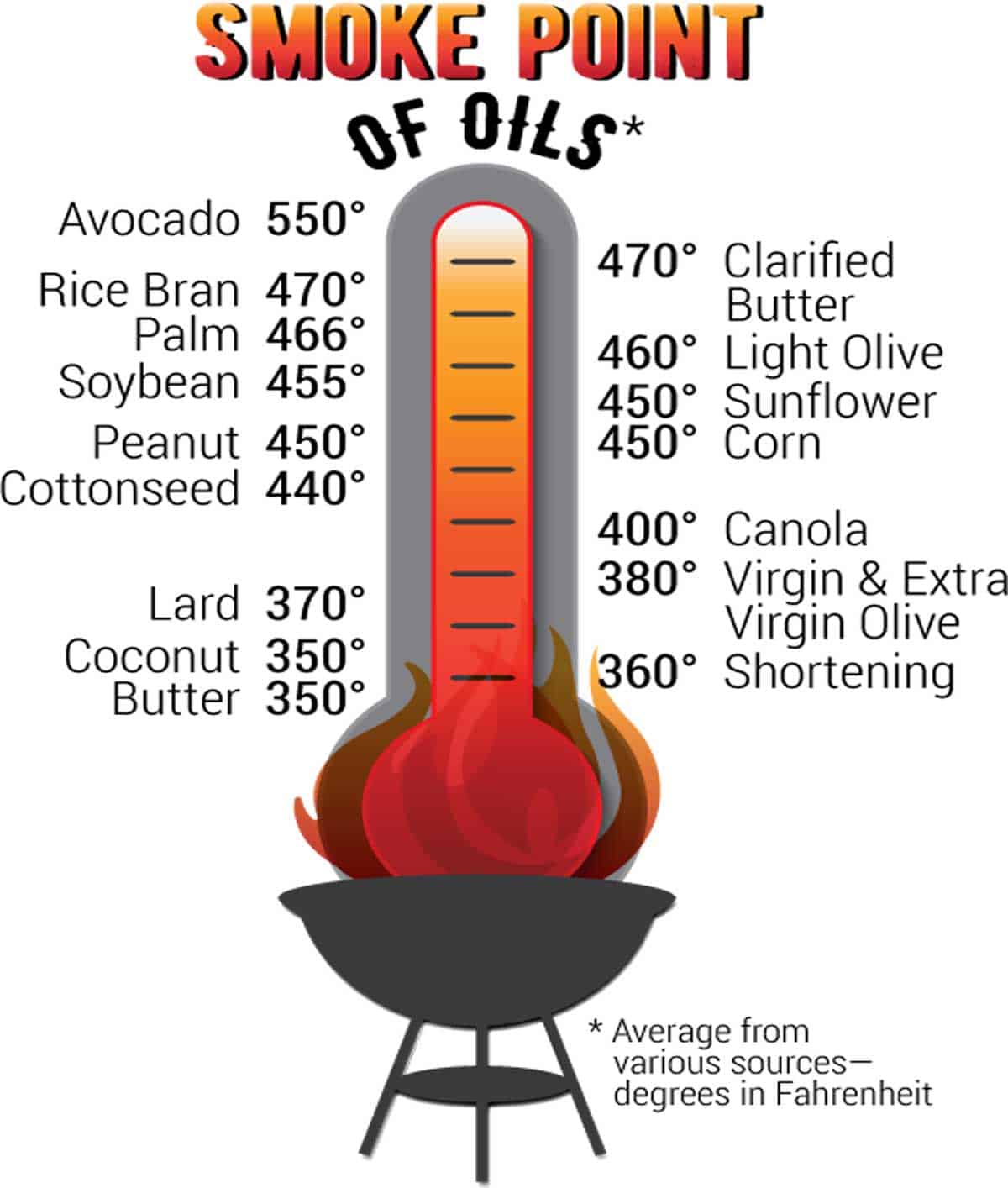
Regardless of your cooking method, your oil’s smoke point is extremely important. Believe it or not, it can define the outcome and success of your meal. Can’t think of a situation where the smoke point affected your cooking? Think of the last time your kitchen was absolutely filled with smoke. Not only it was annoying but we can almost bet the taste of your food (whether or not it was steak) was significantly impacted as well. In order to steer clear of this potential issue, be sure to use plant, nut, and seed oils. These have high smoke points, in other words, they can be heated above 400 F and not burn.
Ingredients
You’re going to need to read the label of your oil bottle for this. Make sure it’s 100% pure oil. The more additives, flavorings, and spices it has, the more an oil’s smoke point is affected– even if it’s supposed to have a high smoke point.
Added ingredients and extra processing can also affect the health benefits of some of these oils as well, which is also why we recommend sticking to pure oils only. If it ain’t broke don’t fix it, right?
Variety
Although we’ve provided you with some do’s and don’ts, keep in mind that, as long as you’re not planning to turn your kitchen into a steakhouse, most of these oils can work with any cooking method as long as you don’t go crazy with the heat. The results may vary in terms of doneness, flavor, and smoke point, but if you’ve got no other choice and are dying to have steak, make use of what you’ve got!
The 7 Best Oils for Cooking Steak
We know that recommending peanut oil or grapeseed oil is very vague when the supermarket has dozens of options for each oil type.
At quick glance, here are the seven best oils:
| Rank | Product Name | Cooking Method Best For |
| 1 | Pompeian Grapeseed Oil | Searing on a cast-iron skillet |
| 2 | Lou Ana Pure Peanut Oil | Searing |
| 3 | Bel’Olio Extra Light Olive Oil | Grilling |
| 4 | Wesson 100% Natural Canola Oil | Pan-frying |
| 5 | Daana Organic Cold-Pressed Peanut Oil | Multi-purpose |
| 6 | Healthy Harvest Canola Oil | Multi-purpose |
| 7 | Pompeian Extra Light Olive Oil | Multi-purpose |
1. Pompeian Grapeseed Oil (100%)
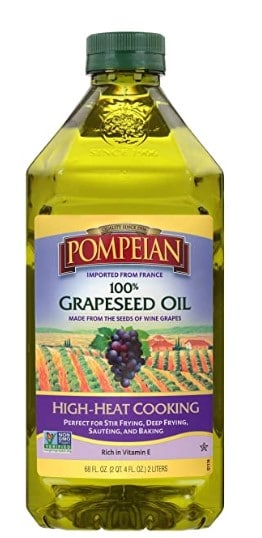
Best for Searing on a Cast-Iron Skillet
In terms of oils, grapeseed is a relatively healthy variety which is one of the reasons it’s made it on this list. However, we’ve chosen it for much more than that. With a high smoke point, we like that you can use it to sear, deep fry, bake, sautee, or anything else you can think of. We think it yields best results when searing steak with it.
Packed with Vitamin E, omega-7, and lots of fatty acids, as well as gluten-free, we’re happy to add Pompeian Grapeseed Oil. In case it needed bonus points though, the brand also pays careful attention to making it GMO-free. We think it’s a cost-benefit ratio that is simply worth it!
Pros:
- Relatively healthy
- Average smoke point of 420 F
- Rich in vitamin E, omega-7, and fatty acids
- GMO-free
- Gluten-free
- Pure oil
- Quality-oriented brand
Cons:
- Orders placed online are often received with no caps in place.
2. Lou Ana Pure Peanut Oil
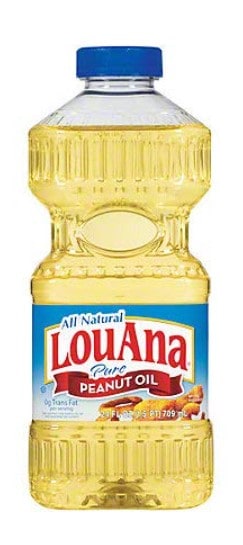
Best for Searing
With a high smoke point of 450 F, Lou Ana’s Pure Peanut Oil is perfect for searing steak! Unlike oils with low smoke points, you won’t have to worry about funny aftertastes. Coming from a well-known American oil brand, there’s no going wrong with Lou Ana’s.
Pros:
- Pure oil
- 450 F smoke point
- Well-known American brand
- Gluten-free
- Trans-fat free
Cons:
- Recently reformulated. It’s unclear whether it remains of such high quality.
- The brand doesn’t give enough information on this oil. It’s like a blind purchase unless you read outside reviews.
3. Bel’Olio Extra Light Tasting Olive Oil
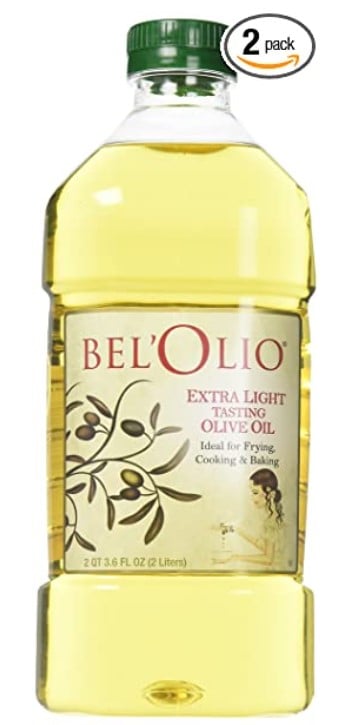
Best for Grilling
This is the ONLY type of olive oil we’re clearing for cooking steak, okay? Not exclusively this brand but “Extra Light” olive oil in general. Anything else, don’t even think about it. The reason why this type of olive oil is making this list is because of its impressive 470 F smoke point. Because of this, feel free to use it for frying, baking, sauteing, searing, and even grilling. If you ask us though, you will get the best results when grilling your steak with it.
Pros:
- Pure oil
- No added ingredients
- Trans-fat free
- Cholesterol-free
- Non-allergenic
- Gluten-free
- Available for bulk purchases
Cons:
- Light flavor that might affect the taste of your steak
- Slightly pricier
4. Wesson 100% Natural Canola Oil
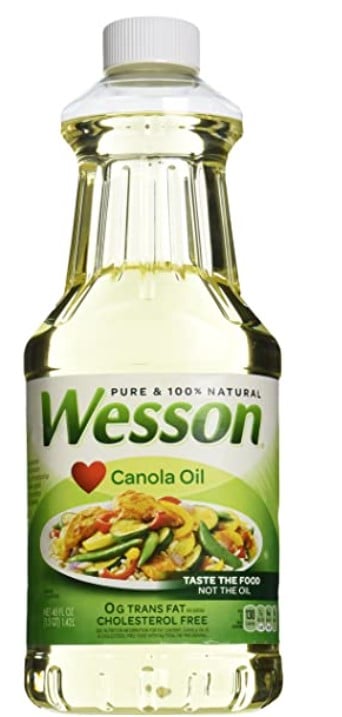
Best for Pan-Frying
If you’re looking for a trusted brand, look no further than Wesson. With a 400 F smoke point, you can pan-fry your steak confident that the firemen won’t show up at your doorstep because of smoke clouds coming from your house.
You can use it with any cooking method too but, in our opinion, it’s best for pan-frying. It isn’t a particularly special oil other than it’s good-quality and has some health benefits.
Pros:
- Pure oil
- 400 F smoke point
- Cholesterol-free
- Trans-fat free
- Packed with omega-3s
Cons:
- It’s plain, but is this really a con? The simpler the oil, the better.
The Best Multi-Purpose Oils for Cooking Steak
The remaining oils on our list are all multi-purpose for a reason. If you want to buy just one type of oil you can really use for all cooking methods, then pay close attention to the rest of this list!
5. Daana Organic Cold-Pressed Peanut Oil

If you’re okay with splurging a little as long as you’re getting the best quality peanut oil, then this is the brand for you. It’s premium, we promise! That means it’s on the pricier end but, hey, it’s also organic! The fact that it’s cold-pressed only makes us love it even more because it means it’s completely free of any and all chemicals.
With a high smoke point, feel free to cook your steak any way you please without worrying about smoking up your kitchen. This time we’re not recommending you cook one way or another, just go with whatever your heart desires because this oil is pure perfection.
Keep in mind that it will add a nutty flavor to your steak though. However, if you’re looking for a healthy, versatile oil, this is just for you!
Pros:
- Cold-pressed
- Organic
- Naturally flavorful
- Low in carbs
- Rich in antioxidants and nutrients
- Trans-fat free
- High smoke-point
Cons:
- Pricey
- Small bottles
- Unfiltered oil
6. Healthy Harvest Canola Oil
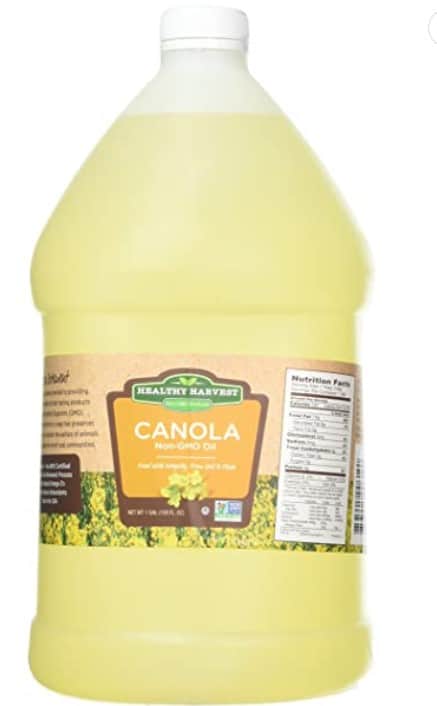
With a high smoke point and neutral taste, this canola oil is perfect for cooking your steak any way you want! Don’t be fooled by its large presentation, Healthy Harvest cares about the quality of its product. It’s all natural and is certified non-GMO! It’s a very simple oil but that’s why we love it so much.
Pros:
- Pure oil
- Non-GMO
- High in omega-3s
- Sodium-free
- Low-carb
- Trans-fat free
- High smoke point
Cons:
- Only comes in large sizes
7. Pompeian Extra Light Tasting Olive Oil
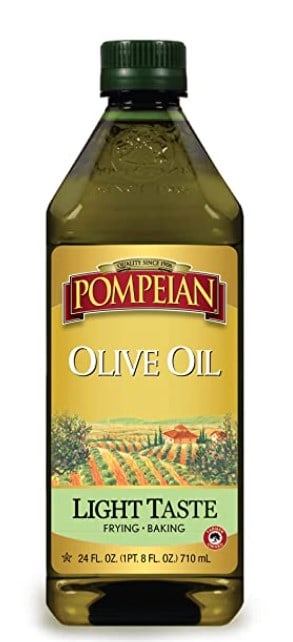
With an impressively high smoke point, feel free to use this oil to your heart’s content. It doesn’t matter what cooking method you’re going for, it’s perfect! As the name states, it’s also light in flavor so you won’t need to worry about it becoming invasive in your steak. All that matters is your steak.
Pros:
- Pure oil
- High smoke point
- Non-GMO
- Non-allergenic
- Affordable
- No additives or chemicals
- Low-carb
- Trans-fat free
- Cholesterol-free
Cons:
- Light in flavor, but is this really an issue? Just have fun with the seasonings!
Related Questions
We’ve tried our best to provide you with the most accurate information so you can choose your preferred oil for cooking steak depending on your cooking method. However, we know you may still have some questions so feel free to look through our Q&A section.
If you’re pan-searing, the answer is yes. However, we only recommend doing so with thin cuts otherwise it might not turn out so great since oil accelerates the cooking process, helps the steak cook evenly and not stick to the pan.
It might seem counter-intuitive but it’s better to rub your steak with oil and to pour 1-2 tablespoons oil into the pan! Use plain oil or an oil-based marinade for best results.
Other Reviews
The Best Air Fryers For French Fries
The Best Air Fryers with Rotisserie
10 Best Substitutes for Teff Flour
The Best Ponzu Sauce Substitutes
Substitutes for Dried Porcini Mushrooms
10 Substitutes for Horseradish
15 Simple Substitutes for Celery


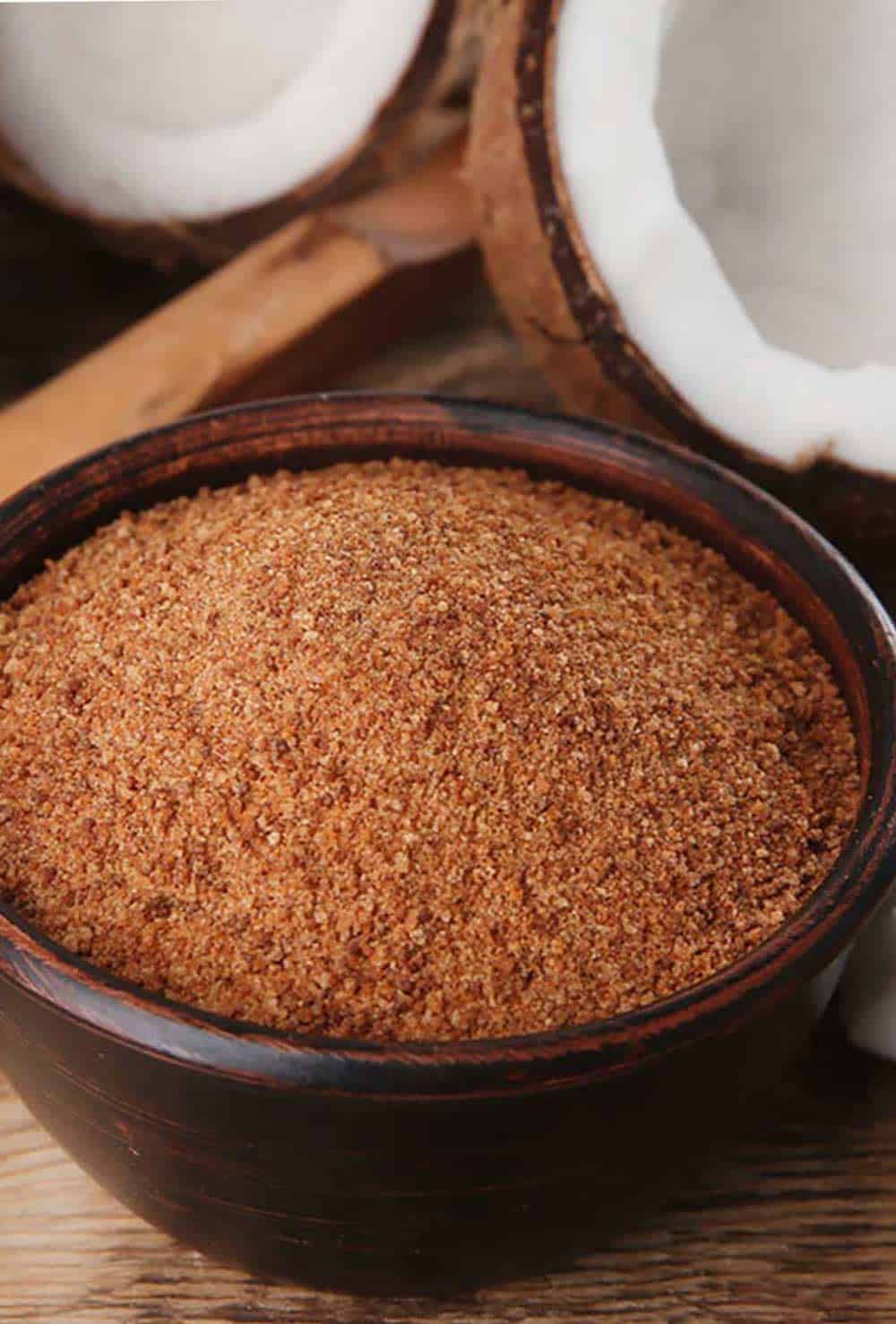
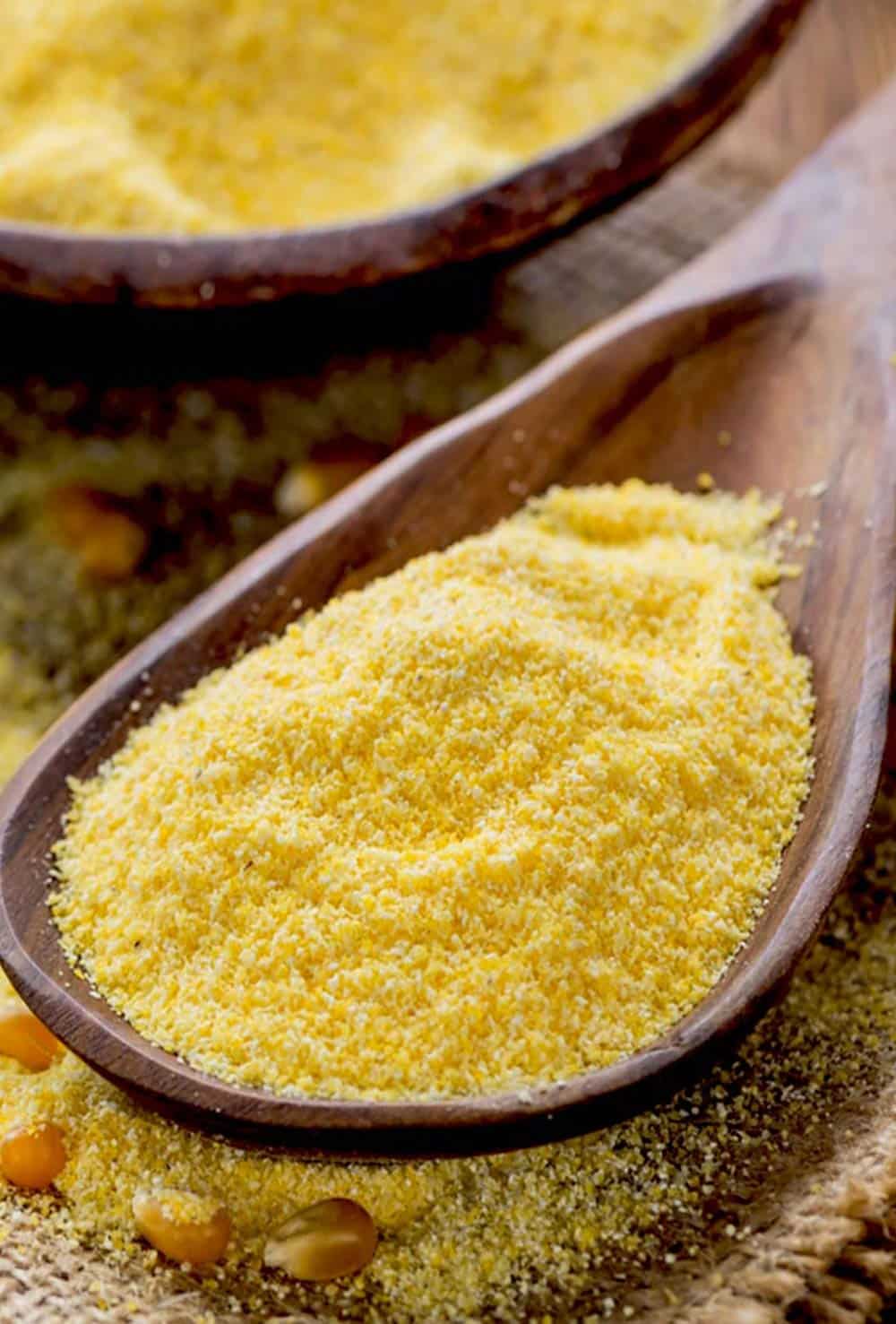
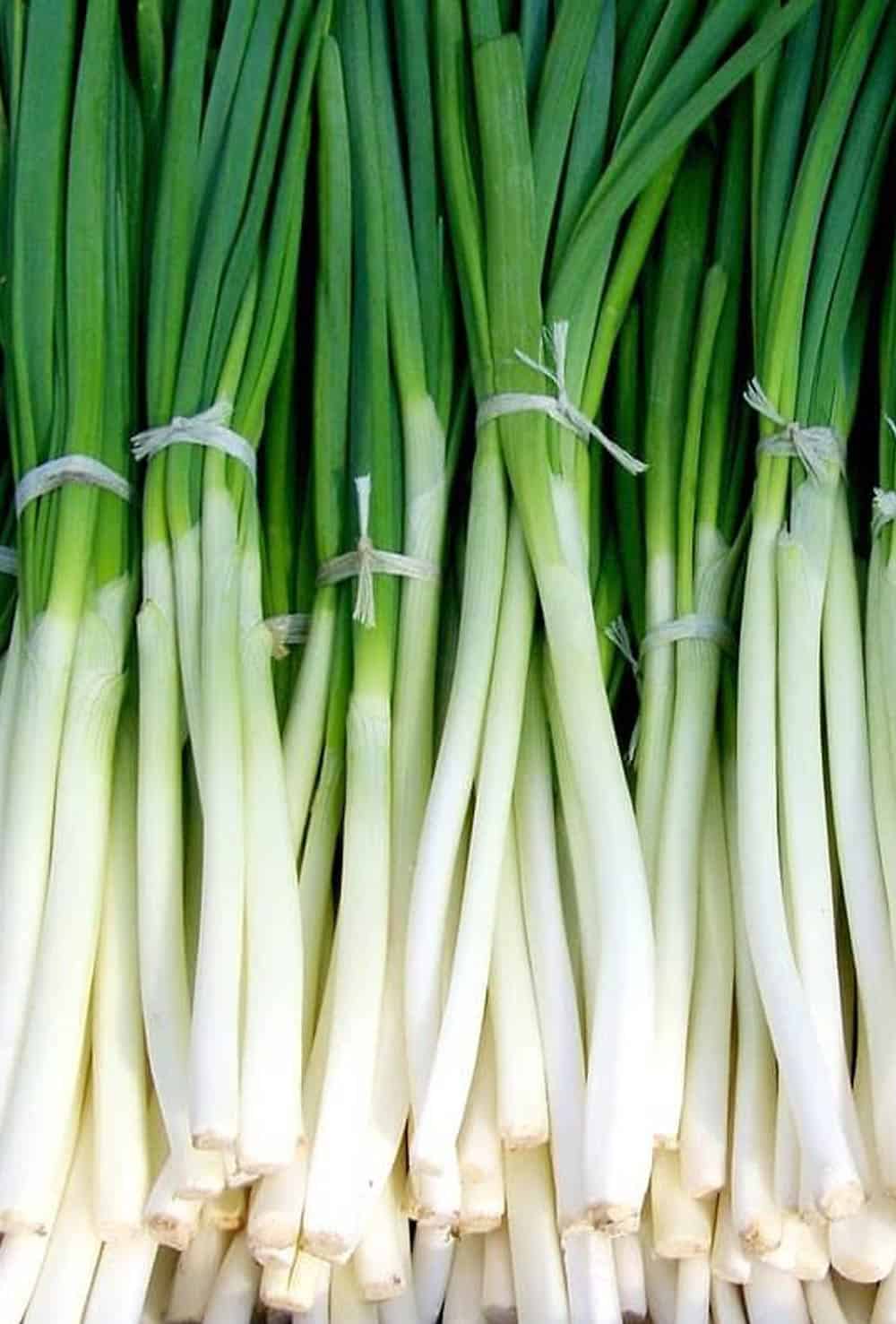
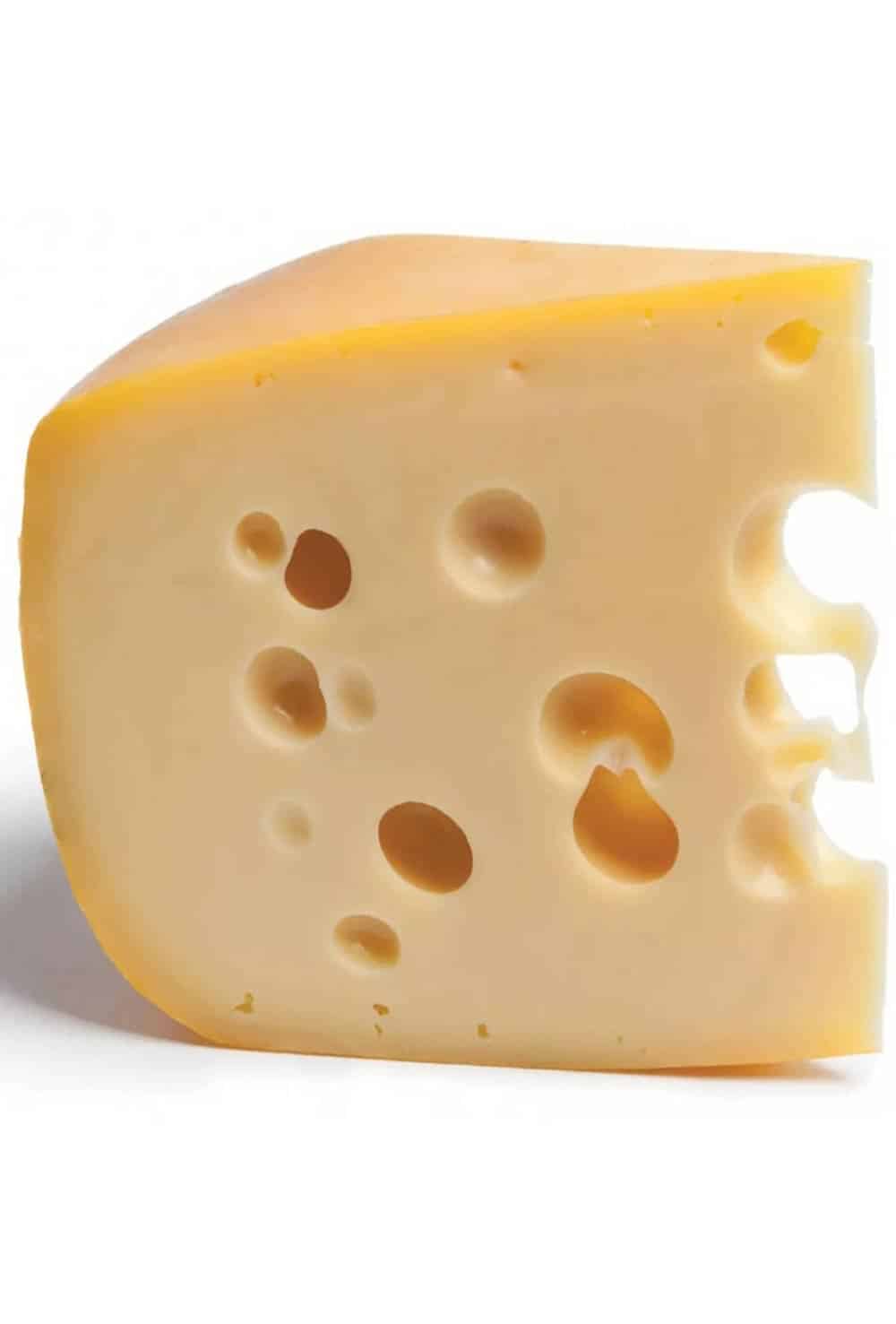
Leave a Reply